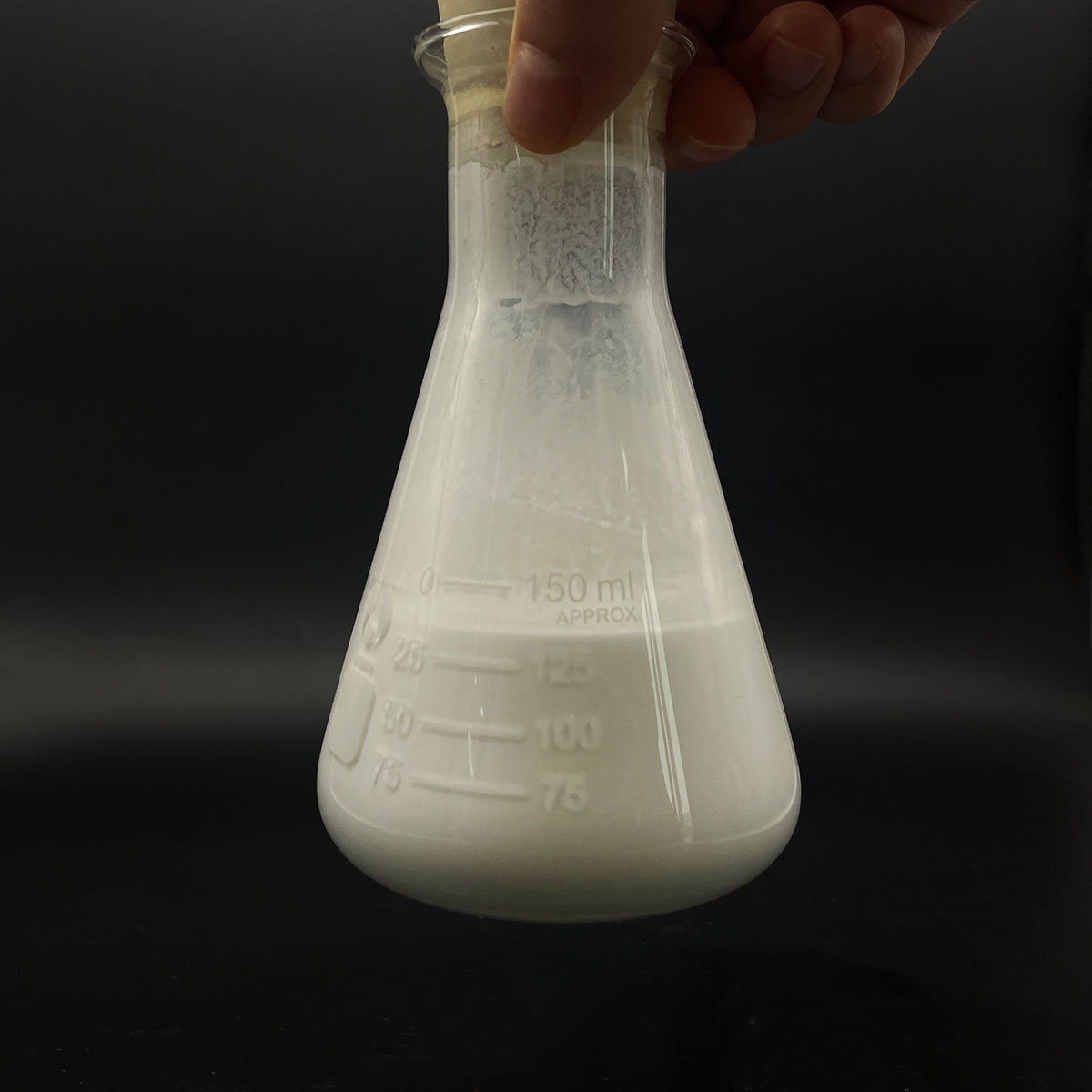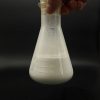Overview of Polymer Anionic Polyacrylamide with MSDS
Anionic surfactants are a class of surface-active agents characterized by a negatively charged hydrophilic head group when dissolved in water. This charge arises from the presence of a sulfate, sulfonate, phosphate, or carboxylate group. They are among the most widely used surfactants due to their effective cleaning properties, foaming capacity, and broad compatibility with other formulation ingredients. Anionic surfactants find extensive application across industries, including personal care, household cleaning, textiles, and industrial processes.
Features of Polymer Anionic Polyacrylamide with MSDS
-
Negative Charge: The anionic head group imparts water solubility and enables interaction with positively charged surfaces or particles.
-
Detergency: Exceptional at removing dirt, grease, and oils due to their strong polarity and ability to penetrate and disrupt these substances.
-
Foaming Properties: Many anionic surfactants generate stable and abundant foam, making them ideal for applications where lather is desired.
-
Cost-Effectiveness: They are often less expensive than nonionic, cationic, or amphoteric surfactants due to the abundance of raw materials and established production processes.
-
Compatibility: Can be combined with other surfactants to enhance performance or adjust properties, although care must be taken to avoid precipitation or incompatibility issues.
-
Environmental Considerations: Some anionic surfactants may pose environmental concerns due to their persistence or toxicity; however, biodegradable options are available.
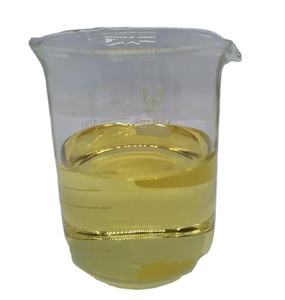
(Polymer Anionic Polyacrylamide with MSDS)
Specification of Polymer Anionic Polyacrylamide with MSDS
Polymer Anionic Polyacrylamide (APAM) is a water-soluble high-molecular-weight polymer widely used in water therapy, oil healing, mining, papermaking, and farming. It operates as a flocculant, thickener, and drag reducer due to its anionic fee, which improves particle gathering in liquid services. Below are the key requirements and Material Security Information Sheet (MSDS) highlights for this item.
Requirements :.
– Look : White granular or powder form.
– Molecular Weight : Generally between 10– 25 million Daltons, personalized based upon application.
– Fee Density : Anionic (10– 30% degree of anionicity).
– Solubility : Completely soluble in water, calling for 1– 2 hours for complete dissolution under mixing.
– pH Array : Efficient in pH 5– 8; steady in mildly acidic to neutral atmospheres.
– Thickness : Differs with focus; 0.1% aqueous remedy exhibits 200– 500 cP.
– Life span : 12– 24 months when saved in a cool, dry place, sealed in original packaging.
– Packaging : 25 kg woven bags with polyethylene cellular lining or tailored alternatives.
MSDS Emphasizes :.
– Handling : Usage handwear covers, goggles, and dirt masks to prevent inhalation or call. Decrease dirt generation.
– Storage space : Keep in an aerated, completely dry location far from moisture, warm, and inappropriate materials (solid oxidizers).
– First Aid :.
– Inhalation : Relocate to fresh air; seek clinical attention if breathing inflammation occurs.
– Eye Get In Touch With : Rinse promptly with water for 15 mins; get in touch with a physician.
– Skin Contact : Laundry with soap and water; no significant toxicity expected.
– Intake : Wash mouth, beverage water; do not generate vomiting.
– Fire/Explosion : Non-flammable; use water, foam, or carbon monoxide ₂ for bordering fires.
– Environmental Impact : Low poisoning but prevent launch right into water systems. Biodegradable under aerobic conditions.
– Disposal : Follow local guidelines; incineration or landfill disposal permitted for non-contaminated item.
Anionic Polyacrylamide is usually non-hazardous when handled correctly. Nevertheless, dirt exposure may trigger mild irritability. Make sure appropriate ventilation and individual safety devices (PPE) during usage. For in-depth safety and security protocols, refer to the complete MSDS supplied by the maker. This product abides by worldwide criteria for commercial and environmental applications.
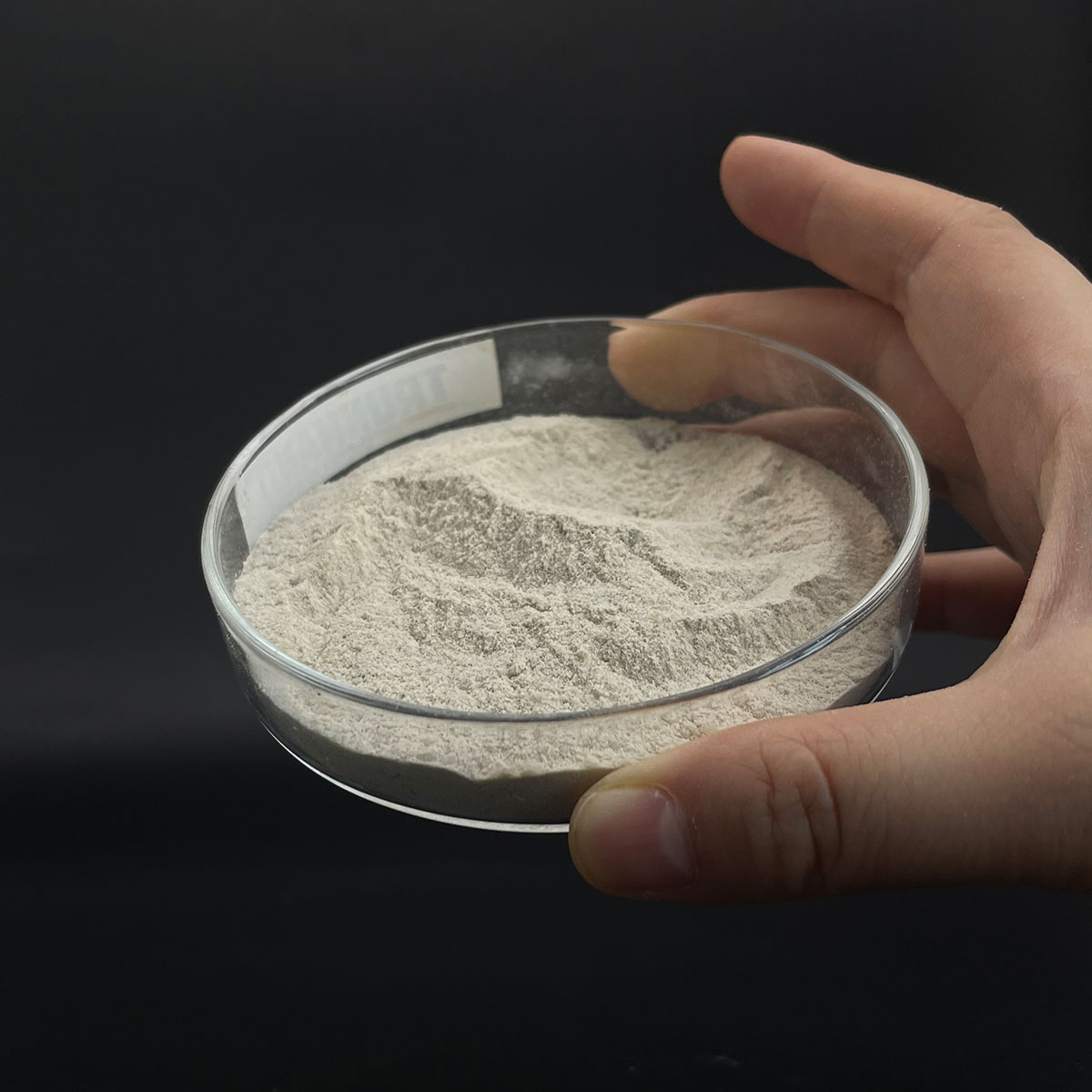
(Polymer Anionic Polyacrylamide with MSDS)
Applications of Polymer Anionic Polyacrylamide with MSDS
Polymer Anionic Polyacrylamide (APAM) is a high-molecular-weight, water-soluble polymer extensively identified for its outstanding flocculation, coagulation, and viscosity-enhancing buildings. Its anionic cost and ability to develop bridges in between bits make it a flexible solution across sectors. Below are key applications and security factors to consider laid out in its Product Safety And Security Data Sheet (MSDS).
Applications: .
1. Water Therapy: APAM is thoroughly used in metropolitan and industrial wastewater therapy to eliminate put on hold solids, organic matter, and heavy steels. It promotes fast sedimentation and clarifies water by binding great fragments right into bigger flocs.
2. Mining and Mineral Handling: In mineral removal, APAM help in solid-liquid separation, boosting dewatering of tailings and improving recuperation rates. It lowers water usage and ecological influence.
3. Farming: As a dirt conditioner, APAM reduces erosion, keeps wetness, and stabilizes soil structure. It is applied in watering to minimize overflow and boost crop yield.
4. Oil and Gas: APAM serves as a rubbing reducer and viscosity modifier in boring liquids and improved oil recuperation (EOR) procedures, maximizing storage tank move efficiency.
5. Paper Production: It acts as a retention agent, enhancing paper sheets and decreasing fiber loss throughout manufacturing.
6. Textile and Dyeing: APAM treats color wastewater by adsorbing and working out pigments, making certain compliance with discharge requirements.
MSDS Emphasizes: .
– Handling: Use individual safety equipment (PPE) such as handwear covers, safety glasses, and masks to avoid breathing of dust or contact with skin/eyes. Dust might irritate respiratory systems.
– Storage space: Maintain in a cool, dry, ventilated area away from dampness, warm, and inappropriate materials (e.g., strong oxidizers). Ensure containers are securely secured.
– Splashes: Include spills using inert absorbents. Stay clear of washing into drains pipes; accumulate residue for appropriate disposal.
– First Aid: For skin get in touch with, wash with water. If breathed in, move to fresh air. Look for medical focus if irritability lingers.
– Environmental Precautions: Protect against release into marine systems, as it may influence water quality. Biodegradation is slow-moving; adhere to regional guidelines for disposal.
– Security: Steady under normal conditions but might deteriorate at high temperatures, launching non-toxic failure products.
APAM’s effectiveness and low poisoning make it a preferred selection in industrial applications. Nonetheless, adherence to MSDS standards guarantees risk-free handling, reduces threats, and advertises ecological duty. Always speak with the complete MSDS and maker recommendations before use.
Company Profile
SurfactantChina is a trusted global chemical material supplier & manufacturer with over 12-year-experience in providing super high-quality surfactant and relative products.
The company has a professional technical department and Quality Supervision Department, a well-equipped laboratory, and equipped with advanced testing equipment and after-sales customer service center.
If you are looking for high-quality surfactant and relative products, please feel free to contact us or click on the needed products to send an inquiry.
Payment Methods
L/C, T/T, Western Union, Paypal, Credit Card etc.
Shipment
It could be shipped by sea, by air, or by reveal ASAP as soon as repayment receipt.
5 FAQs of Polymer Anionic Polyacrylamide with MSDS
1. What is Polymer Anionic Polyacrylamide (PAM) used for?
Polymer Anionic Polyacrylamide is a water-soluble synthetic polymer primarily used as a flocculant in water treatment, wastewater management, and industrial processes. It aids in separating solids from liquids by binding particles, improving clarification, and reducing sludge. Applications include mining, oil recovery, paper manufacturing, and soil conditioning to prevent erosion.
2. What safety precautions are outlined in the MSDS for Anionic PAM?
The Material Safety Data Sheet (MSDS) recommends avoiding direct contact with skin, eyes, or inhalation. Use protective gloves, goggles, and masks during handling. In case of contact, rinse affected areas with water. Store away from incompatible substances like strong oxidizers. Ensure adequate ventilation in workspaces. Disposal must comply with local environmental regulations.
3. How should Anionic Polyacrylamide be stored and handled?
Store in a cool, dry, well-ventilated area, away from moisture and heat. Keep containers tightly sealed to prevent caking or degradation. Handle with dry tools to avoid premature activation. Avoid mixing with incompatible chemicals. Bulk storage requires temperature control (below 40°C) to maintain stability. Follow MSDS guidelines for spill containment and cleanup.
4. What is the recommended dosage for Anionic PAM in water treatment?
Dosage varies based on application and water quality. Typically, 0.1–10 mg/L is effective. For wastewater, dissolve 0.1–0.3% PAM in water before gradual addition. Overdosing may cause viscosity issues. Conduct jar tests to optimize concentration. Always follow manufacturer guidelines and adjust based on turbidity, pH, and contaminant levels.
5. Is Anionic Polyacrylamide environmentally safe?
When used as directed, it poses minimal environmental risk. However, excess release into water bodies can affect aquatic life due to oxygen depletion from organic degradation. The MSDS advises compliance with local disposal laws. It is non-toxic at recommended levels but requires responsible handling to prevent ecosystem disruption. Biodegradability is low, so long-term accumulation should be avoided.
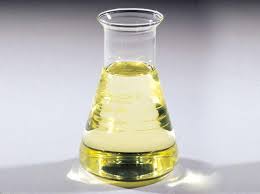
(Polymer Anionic Polyacrylamide with MSDS)
